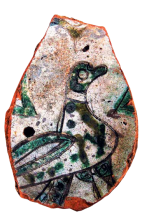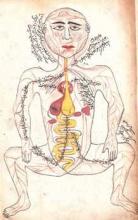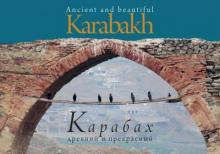Rediscovering Azerbaijani art
Rasim Afandi Corresponding Fellow of ANAS,
Togrul AFANDIYEV PhD in Arts
In this article we will talk about one of the most remarkable parts of the Azerbaijani capital, its sea façade – the Baku Embankment, which has been the iconic symbol of the city for the last two centuries. In 1865, the military governor and director of the civilian part of Baku, Lt-Gen Mikhail Petrovich Kolyubyakin gave the permission to knock down the useless old wall that was separating the city from the sea and also “hampering the fresh air”.
















